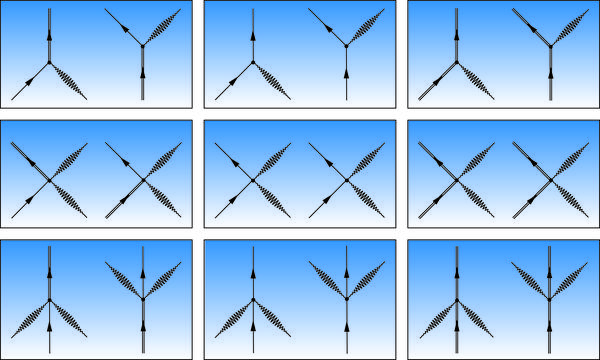Light can be almost stopped at room temperature

©Alain Herzog/EPFL
A PhD student at EPFL has found a way to slow down light at room temperature.
It is possible to force light to behave like a liquid, or more specifically a “quantum liquid” called a Bose-Einstein condensate. Controlling light like this could become the cornerstone of quantum computing, where information could be processed with security and speed far beyond our best computers today. But turning light – or any - particles into a sluggish liquid requires temperatures close to absolute zero. Another problem is that even if we confine light, in two dimensions, e.g. in a very narrow tube, light would still travel along the tube’s axis. But a PhD student at EPFL has now published a paper in Physical Review A showing that light can be slowed down into a condensate along the axis of a microtube, even at room temperatures.
First proposed in 1924 by Albert Einstein and Satyendra Nath Bose, the Bose-Einstein condensate represents a new state of matter where atoms form a kind of glob with exotic properties. This takes place very close to absolute zero (-273.15 oC), which is the temperature where all the classical motion of atoms ceases. This even applies to light particles, the photons: at extremely low temperatures, photons can coalesce to turn light into the condensate, but they vanish in cold.
Until now, light condensates have only been observed to move in two dimensions – think about the liquid spreading across a surface. But in our ongoing quest to control light for the purposes of future quantum computing, we need to control the speed of light in one dimension and, of course, at broader range of temperatures.
Alex Kruchkov, a PhD student at Henrik M. Rønnow’s Laboratory for Quantum Magnetism at EPFL, has found a way to do just that. Kruchkov used a mathematical method used to solve differential equation in many-body physics known as the Matsubara-Green’s formalism. By modifying it for conditions of light propagating for a given geometry and mixed dimensionality (of quantum operators), Kruchkov was able to study the role of photon-photon interactions for forming the light condensate.
To do this, he developed a new variation of Feynman diagrams, which depict the different ways that particles interact. The calculations show the geometry and the overall conditions under which the condensation of light is possible at room temperature and in a single axis rather than a surface.

The new discovery paves the way for the condensation and control of light even in one dimension. More importantly, it hints at a way to do this at room temperatures and higher, which would be of immense significance in the development of light-based, quantum computing in the future.
Reference
Kruchkov A, One-dimensional Bose-Einstein condensation of photons in a microtube. Physical Review A. DOI: 10.1103/PhysRevA.93.043817